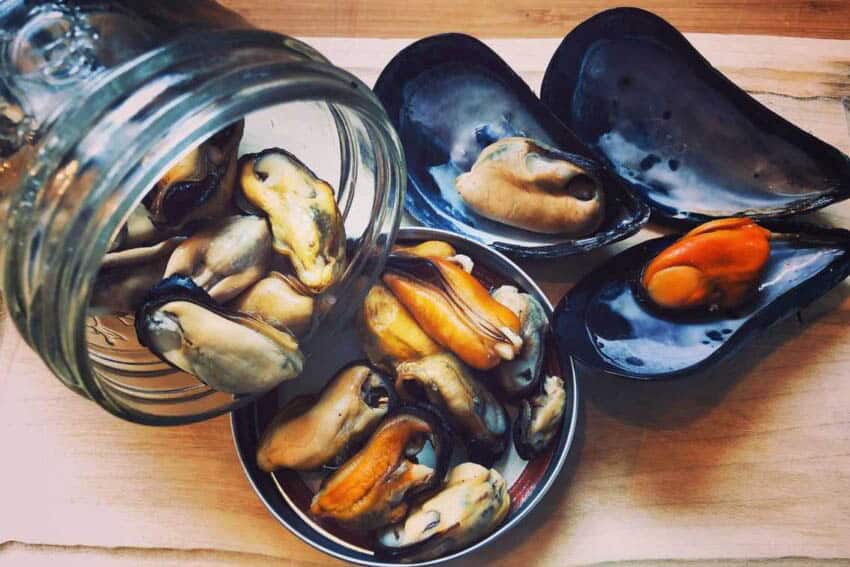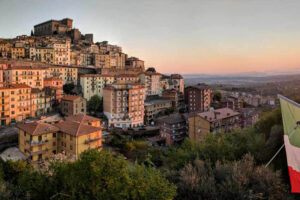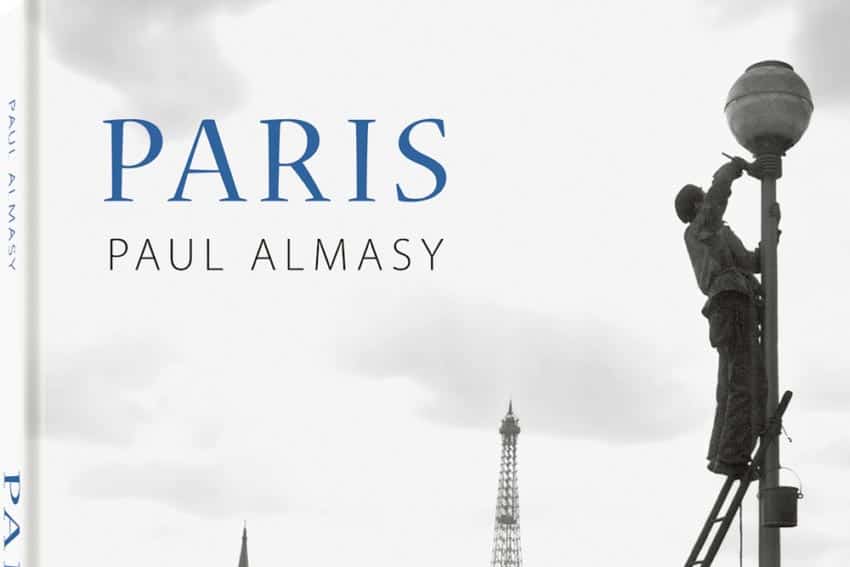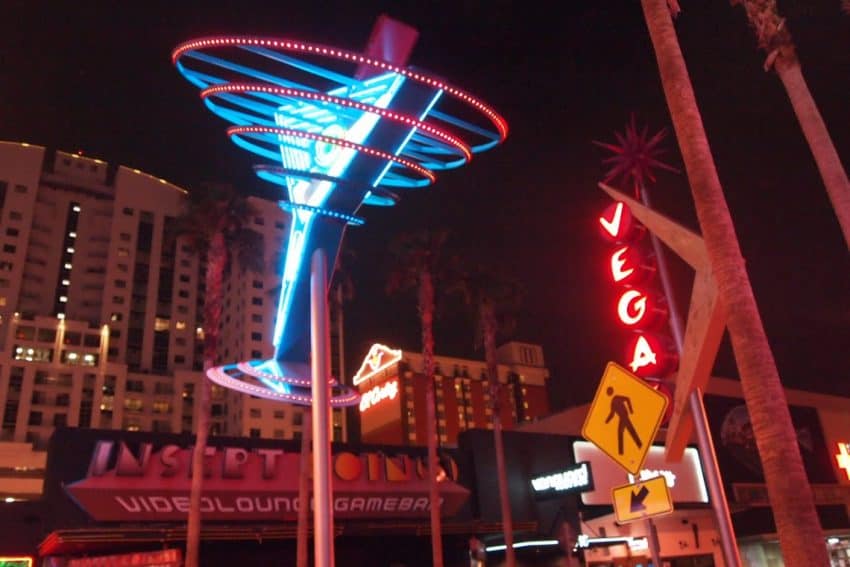The Roads of Man: Walking the Length of Broadway
By Helena Wahlstrom

In the hands of a masterful writer like Ted Conover, something as seemingly mundane and taken-for-granted as roads becomes lyrically beautiful. In “The Routes of Man,” Conover recounts the stories of six roads—and, most importantly, of the people touched by them.
Pulitzer Prize finalist Conover is no stranger to being on the road. In 1984, he rode the railroads with hobos and went on to write about his experiences in “Rolling Nowhere: Riding the Rails with America’s Hoboes.”
With “The Routes of Man,” Conover takes us on another ride (only one of the many road metaphors, which Conover discusses). He travels down roads in the Himalayas, Peru, India and China, to name a few. In a highlight of the book, Conover traces the spread of AIDS and discovers its human face as he rides with truckers in East Africa.
In his book, Conover reminds us of the duality of roads. They hasten the delivery of medicine and spread of disease alike. They advance knowledge and create connections, but at the same time this can mean the end of one-of-a-kind indigenous cultures. They connect us both to friends and enemies.
Black-and-white photographs illustrate Conover’s amazing stories of how roads have shaped human history and individual lives. Between longer stories, brief chapters serve to introduce readers to a piece of road-related history, told in a captivating, vibrant voice. We learn of things like traffic congestion in Lagos, Nigeria, and transportation of mahogany from the Amazon basin, but also of Conover’s personal history with New York’s Broadway.

The lesson is simple: roads shape societies, and those societies comprise of individuals with their own stories to tell. And with a writer like Conover, it’s worth it to slow down and listen.
An excerpt from the book: Walking the Length of Broadway
My first visit to New York City was for Thanksgiving dinner with a college friend my freshman year. I took the bus from Massachusetts down to the Port Authority terminal on Eighth Avenue. I looked as though I had just arrived from Colorado, which I nearly had: I carried a frame backpack and wore a down parka and heavy hiking boots. My classmate, Rob Vogel, and I walked along 42nd Street to Times Square to catch the Broadway subway to his parents’ apartment uptown.
This was 1976, and Times Square was deep into its decline. I liked the aroma of roasted nuts from vendors’ carts, but was a bit overwhelmed by everything else: the flashing signs, the guys selling drugs, the touts beckoning us into peep shows, the honking, the crowds.
A four-foot length of galvanized pipe crashed to the sidewalk just beside me as we approached the subway entrance off Broadway at 41st Street; it bounced and rolled off into the gutter. Rob and I looked up: Had it fallen off a scaffold? Had it been thrown? I thought to myself: This is why my ancestors got the hell out of here.
Fifteen years later, for reasons involving a girlfriend named Margot, my work as a writer, and perhaps a strain of counterphobia in my personality, I became a resident of Brooklyn. One cold weekend in January, my friend Seth came to town and, to get some fresh air, we decided to walk the length of Manhattan. Broadway seemed the logical route.
On a sunny Sunday morning, we rode the subway to the financial district downtown. Its off-grid, short streets would have been more congenial to pedestrians 150 or 200 years earlier; on this frigid morning, the high-rise office buildings channeled the wind and blocked the sun. The most imposing of these, of course, were the Twin Towers of the World Trade Center. They stood a block west of Broadway between Liberty and Vesey streets, just about ten minutes into our fourteen-mile walk.
Around City Hall Park, the open space and trees provided a respite from all the giant buildings, as well as a good view of the Brooklyn Bridge. Up next was Chinatown, less crowded than usual given the weekend, then across Canal Street into SoHo, less crowded yet, going through a transition to the upscale, and also fun to walk through, with its cobblestone streets and cast-iron building facades.

There was a hint of Greenwich Village across Houston, but the next real attraction was Union Square Park, the only thing in the city that Broadway really has to bend to get around. We crossed the bottom corner of Madison Square Park at 23rd Street (okay, it bends a little bit there, too) and caught sight of the Empire State Building on our right as we entered the low 30s.
Times Square had come up a lot since that first visit of mine in 1976 but still gave me a headache, even on a Sunday. We bought hot dogs from a vendor at Columbus Circle and ate them while sitting on the granite steps of the monument to Columbus there; we were honoring a previous rendezvous we’d had one spring break, when we met at noon in Barcelona under the statue of Columbus at the end of the Ramblas. Where Barcelona offers a view of the sea from Columbus, however, New York offered a view of the ugly Coliseum exhibition center, a Robert Moses project that no longer exists.
From there, things got better. Broadway runs boulevard-style through the Upper West Side, with a planted center island. The sidewalks are wide. Margot, back when she lived in the East Village, explained to me that the Upper West Side was “suburban,” a concept that it took me a while to grasp. She meant, I think, that it was newer, more oriented to families, and had among its big stores some of the franchise businesses found in malls.
We had a lunch of sweet potato pie at Wilson’s soul food restaurant (now defunct), just north of 125th Street on Amsterdam. Then we walked back to Broadway. Nobody bothered us. Harlem (named after the Dutch city of Haarlem) had bottomed out a few years before and still had plenty of abandoned buildings.

Street life, and people speaking Spanish, increased as we passed into the Dominican neighborhoods around Inwood and Dyckman (200th) Street (Dyckman had been a burgher in old New Amsterdam). We stopped at a diner for coffee, then made our last push: over the metal bridge (it can rise up when a ship needs to pass underneath) that carries both Broadway and the elevated subway over the Harlem River into Bronx (named for Jonas Bronck, 1600-1643, a sea captain who became a farmer nearby).
We deserved a beer. On West 231st Street, just a few doors off Broadway, we walked into a neighborhood bar. It was late afternoon and full of regulars, all white, who nevertheless stared at us, maybe because of Seth’s ponytail. There was a bar with stools, there were booths, there were beer steins hung on the walls. We drank our fill and then, sore of foot, climbed up metal stairs to the subway and zipped back downtown.
That bar is no longer there. I know because I pass by a couple of times a week while doing errands; I live about a mile away. I also ride my bike downtown a lot, using the Broadway Bridge to access the bicycle paths along the Hudson River in Manhattan. Sometimes when I’m riding across its metal mesh roadbed I think back to that walk with Seth. But a fresher memory is from the afternoon of September 11, 2001, when I drove to the bridge to pick up Margot, now my wife, who had made her way that far on foot and by taxi from her office in midtown after the attacks on the Twin Towers.
- Japan: Touring the Temple - March 4, 2014
- Best Budget Carry-on Luggage for Travel: Top 6 - June 17, 2012
- Many Ways to See Rome: Walking, Biking, Vespa, Bus and Boat - June 1, 2012





